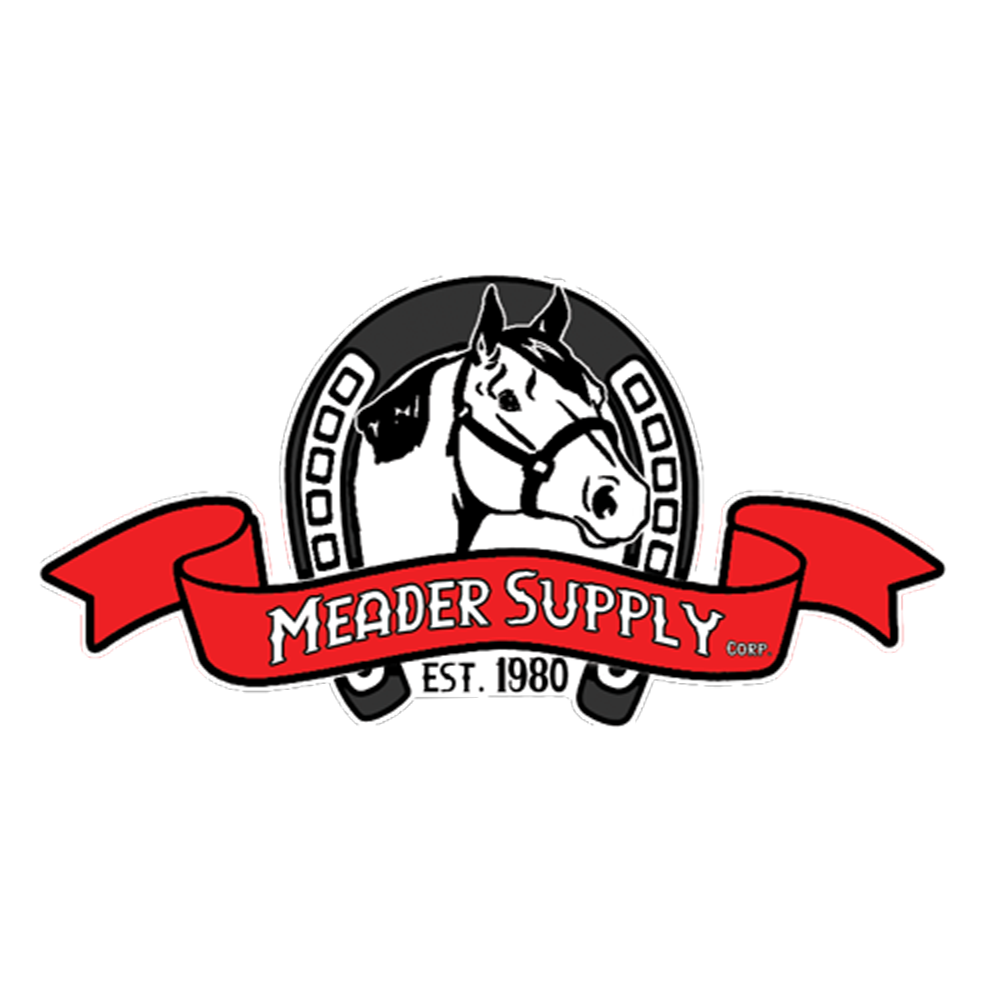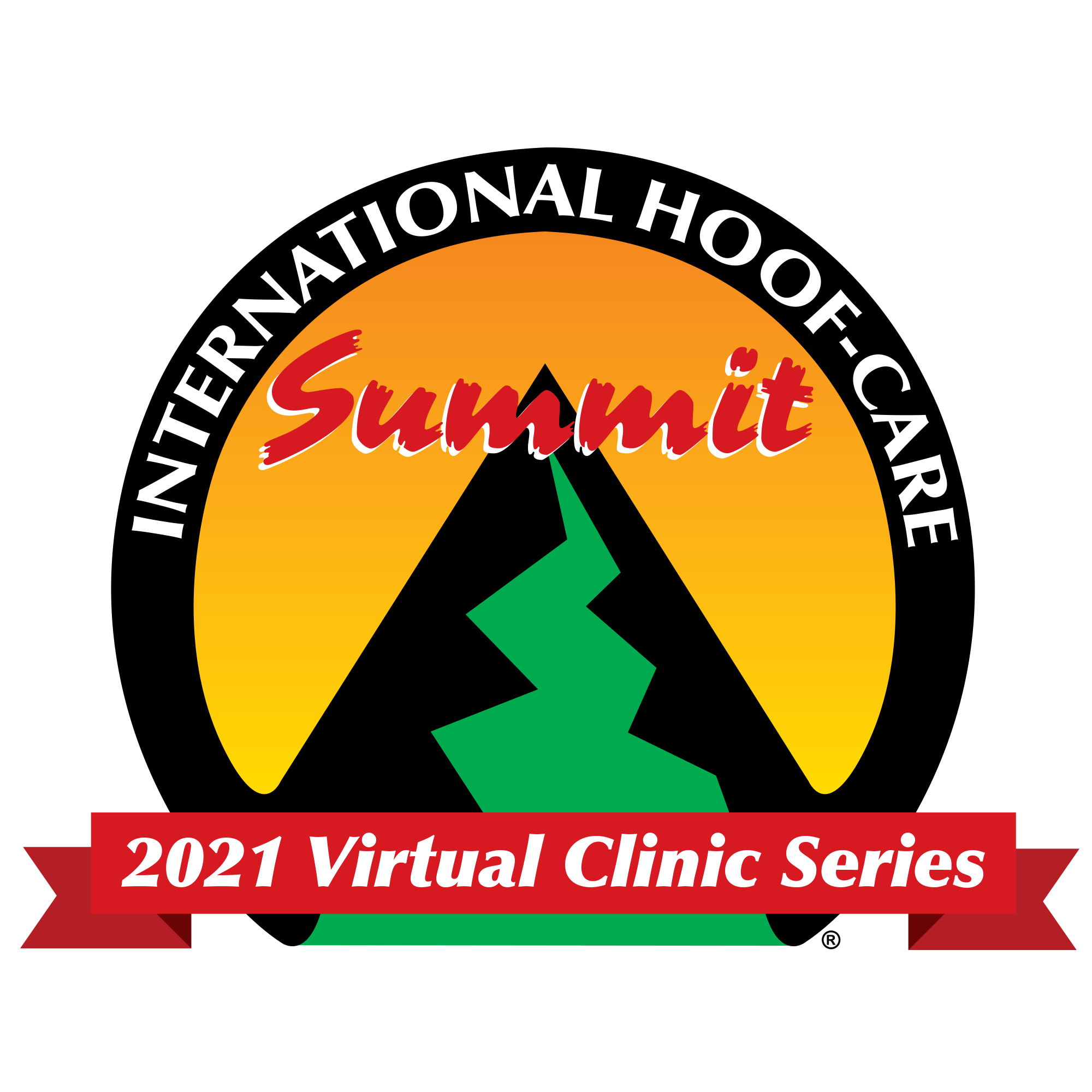
INTERNATIONAL HOOF-CARE SUMMIT
2021 Virtual Lecture Series
DID YOU MISS July's LIVE AND ON-DEMAND SESSIONS FOCUSED on "the future of evidence-based farriery?"
Sign up today for $99 and gain access to replay each live and on-demand session below that was featured during July's program focusing on "The Future of Evidence-Based Farriery."
You'll also get access to HOURS of upcoming live and on-demand sessions that will be released each month through September 2021!
schedule of monthly virtual clinic themes
September: Improving Product Use and Application
(Coming Soon)
August: Building a Better Business and Client Management
(Learn about August's program here)
July: The Future of Evidence-Based Farriery
(Learn about July's program below)
June: Anatomy and Biomechanics
(Learn about June's program here)
May: Managing Foot Diseases
(Learn about May's program here)
April: Shoeing for Specific Disciplines
(Learn about April's program here)
March: Better Footcare Basics
(Learn about March's program here)
February: Therapeutic Shoeing
(Learn about February's program here)
july PROGRAM THEME:
The Future of Evidence-Based Farriery
Brought to you by:
|
|
SIGN UP TODAY TO GET replay access to july's sessions...
SPEAKER LIVE Q&A:
PAT REILLY, CHIEF OF FARRIER SERVICES, UNIV. OF PENN., NEW BOLTON CENTER, KENNETT SQUARE
In this session, Pat Reilly will discuss the research related to his talks for the 2021 IHCS. He will share information on the process and findings, but as well as the challenges for getting research published.
SPEAKER LIVE Q&A:
TIM SHANNON, GRAD.DIP.ELR, AWCF, CJF, MORENO VALLEY, CALIF.
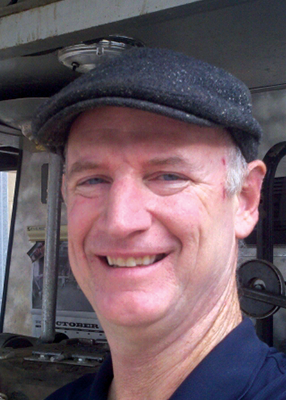
In this session, Tim Shannon will discuss how he developed his research project and how he hoped the findings would contribute to farriers' understanding. You can use this session to ask about Shannon's work with horses and his experiences in the Royal Veterinary College program for farriers.
SPEAKER LIVE Q&A:
PAT REILLY, CHIEF OF FARRIER SERVICES, UNIV. OF PENN., NEW BOLTON CENTER, KENNETT SQUARE
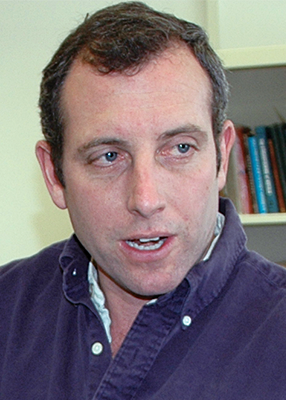
In this session, Pat Reilly will lead a group of farriers and veterinarians who will share their experiences and opinions on how research will shape our understanding of hoof care in the future.
plus... GET EXCLUSIVE ACCESS TO TOP-RATED SESSIONS FROM PREVIOUS INTERNATIONAL HOOF-CARE SUMMITS

Register today and you'll receive on-demand access to these
best-of-the-best presentations from past International Hoof-Care Summits focused on
"The Future of Evidence-Based Farriery:"
WHAT CAN THE HOOF TUBULES TELL US ABOUT MEDIOLATERAL BALANCE
Tim Shannon, Grad.Dip.ELR, AWCF, CJF, Moreno Valley, Calif.
Learn more
In this session, Tim Shannon shares his research findings on the relationship between equine horn tubule growth alignment at the dorsal hoof wall, and the articular and distal planes of the coffin bone. He also shares information on how the research study was conducted.
THE INFLUENCE OF HORSESHOES AND FOOTINGS ON MIDSTANCE HOOF ORIENTATION
Pat Reilly, Chief of Farrier Services, Univ. of Penn., New Bolton Center, Kennett Square
Learn more
In this session, Pat Reilly will discuss his research looking at the effects of certain horseshoes on the hoof. He will share how he conducted this research and considerations for how it can benefit farriers.
THE SHOEING PROCESS: WHAT WE ALREADY KNOW... BUT IF IN DOUBT JUST PUT A BAR SHOE ON IT! (PART 1)
Hayden Pryce, Grad.Dip.ELR, Usk, Wales
Learn more
Years ago, the conventional remedy was to “just put a bar shoe on it.” And many farriers did. Now with evidence-based data collection and advanced diagnostics, has farriery evolved in addressing the horse for its individual needs? In this presentation, Usk, Wales, farrier Haydn Price will introduce this discussion. He will lay out the application of controlled study into the practicality of everyday work and its impact on the industry.
THE SHOEING PROCESS: WHAT WE ALREADY KNOW... BUT IF IN DOUBT JUST PUT A BAR SHOE ON IT! (PART 2)
Hayden Pryce, Grad.Dip.ELR, Usk, Wales
Learn more
In this session, Dr. Steve O'Grady will discuss how sound farriery is based on principles. The horse’s foot is unique as it is a biological entity that follows the laws of physics. It is important to understand what a healthy foot before understanding unhealthy. In this session, O'Grady will discuss how farrier decisions affect equine anatomy and biomechanics.
CAN THE HOOF BE SHOD WITHOUT LIMITING HEEL MOVEMENT?
Maarten Oosterlinck, DVM, PhD, Dipl. ECVSMR, Dipl. ECVS. EBVS, University of Ghent, Belgium
Learn more
As a component of the hoof mechanism, heel movement plays an important role in shock absorption, which is a crucial factor for the orthopedic longevity of equine athletes. Conventional shoeing restricts heel movement, and there is an ongoing quest to overcome this problem. University of Ghent researcher Maarten Oosterlinck has conducted a comparative study between barefoot, shoeing with conventional shoes and a novel split-toe shoe.
PRESSURE PLATE ANALYSIS FINDINGS TO INFLUENCE SHOEING
Maarten Oosterlinck, DVM, PhD, Dipl. ECVSMR, Dipl. ECVS. EBVS, University of Ghent, Belgium
Learn more
The visual evaluation of dynamic hoof balance is limited by human perception. Even for an experienced farrier or veterinarian, subtle abnormalities may not be readily observable, especially at gaits faster than the walk. Radiographs can be made to help make trimming and shoeing decisions, but this is only a static evaluation and therefore, does not reflect the dynamic hoof balance during locomotion. In this presentation, veterinarian and researcher Maarten Oosterlinck will show how when contrary to common beliefs, even in “normal,” balanced hooves visually landing flat or symmetrically, forces are not evenly distributed across the hoof-track interface. How should this understanding affect the farrier’s decisions?
THE DIGITAL CUSHION AND ITS RELATIONSHIP WITH THE EXTERNAL HOOF
Jay Tovey, FWCF, Bedfordshire, England
Learn more
The digital cushion provides a critical role in the foot health of the horse. In this presentation, Bedford, England, farrier Jay Tovey shares insight from his research on the digital cushion. His research looked in whether there is a correlation of digital cushion depth/position and heel depth. He used both external measurements and CT technology to conduct this fascinating research.
EXPLORATION OF GAIT ANALYSIS AND ITS IMPACT ON FOOTCARE
Jodi Vertz, farrier and researcher, Albuquerque, N.M.
Learn more
As technology evolves so does the potential for farriers. Albuquerque, N.M., farrier Jodi Vertz will provide an overview of her study involving orthotic lifts and symmetry, as measured by objective gait analysis. Attendees will be presented a whole-horse perspective regarding the effects of unilateral pad application and its implications for the future of farriery.
ARTIFICIAL INTELLIGENCE IS TRANSFORMING HOOF MEASUREMENTS
John Craig, PhD, Paso Robles, Calif.
Learn more
Photographs and radiographs of the hoof that are well-taken, properly calibrated and carefully measured are invaluable for analyzing changes in the hoof and as a basis for considering trimming and shoeing options. Paso Robles, Calif., researcher John Craig says that artificial intelligence techniques have recently been introduced that can automate much of the calibration and measurement tasks, which in the past have slowed the adoption of hoof measurements from images. Thanks to digital radiography systems, smartphone cameras, apps, and now artificial intelligence, things are getting really interesting. This talk will not only cover the implications of this emerging technology, but also deliver practical advice on keys for taking good photographs and radiographs of the hoof.
HOW EFFECTIVE ARE SHOCK REDUCTION SOLUTIONS IN REDUCING INJURY?
Amy Barstow, PhD, Hertfordshire, England
Learn more
Amy Barstow has been investigating the effect of modern shoeing materials on foot-surface impact shock in horses. It is thought that high levels of impact shock and the subsequent high frequency vibrations that occur during foot-surface impact can be related to joint pathology and lameness. There has been a lot of work to develop riding surfaces that can help improve high levels of impact shock, but how many horses have access to these surfaces? She will share how she investigated impact shock on horses and the results of 3 years’ worth of impact-shock reduction research.
EFFECT OF DIFFERENT RIDING TERRAINS ON HOOF WALL PERFORMANCE IN THE BAREFOOT AND BOOTED HORSE
Jennifer Gill, PhD, University of Rhode Island, Kingston
Learn more
The hoof is subjected to potential damage when encountering different terrains while riding. Western Kentucky University researcher Dr. Jennifer Gill and farrier Chuck York measured hoof performance while exercising horses on three different terrains while barefoot and wearing a hoof boot. During the 6-week study, hoof cracks, chips and wear were recorded through visual assessment and digital camera imaging pre and post-exercise. Kinematics was assessed using video recording during exercise while barefoot and booted on the different terrains.
BRUMBIES: WHAT’S NEW IN THE AUSTRALIAN WILD HORSE RESEARCH?
Brian Hampson, PhD, Queensland, Australia
Learn more
A few years ago, researcher Brian Hampson presented on Austraila’s wild horse, the Brumby. These findings changed contemporary thinking on the foot health of wild horses. Following up on this landmark research by the Australian Brumby Research Unit, Hampson will revisit the subject, reviewing what researchers discovered and what the latest work has revealed. The researcher also will outline work on the Brumby related to the animal’s overall health.
HOOF-CARE RESEARCH: GIVING THE FARRIERS THEIR DUE
Peter Day, Grad.Dip.ELR, Cambridge, England
Learn more
Farriers frequently contribute to research but fail to receive acknowledgement. Why is this? In this presentation Peter Day will share from his experiences on how to collect sound data and organize these findings to tell a logical story. He shows why research doesn’t have to be confined to the halls of academia.
THE INFLUENCE OF DIAGONAL DISSOCIATION AND CHANGES IN SPEED ON TROTTING HORSES
Sarah Jane Hobbs, PhD, Lancashire, England
Learn more
Although the trot is described as a diagonal gait, contacts of the diagonal pairs of hooves are not usually perfectly synchronized. Although subtle, the timing dissociation between contacts of each diagonal pair could have consequences on gait dynamics and provide insight into the functional strategies employed. Dr. Sarah Jane Hobbs, a researcher in equine biomechanics at the University of Central Lancashire, will explore the mechanical effects of different diagonal dissociation patterns when speed was matched between individuals and how these effects link to moderate, natural changes in trotting speed. She’ll show that hind-first diagonal dissociation at contact increases with speed, diagonal dissociation at contact can reduce collision-based energy losses and predominant dissociation patterns will be evident within individuals.
MORPHOMETRICS OF THE BONES OF THE LOWER EQUINE LIMB AND THE RELATIONSHIP TO RADIOGRAPHY
Monique Craig, hoof researcher, farrier, founder, EponaTech
Learn more
A careful study of the shape of the bones of the lower equine limb is important in order to have the best possible understanding when trimming and shoeing the horse. Radiography is the most typically used and powerful tool that the equine practitioner has available to assess the conformation of any individual horse. In this presentation, hoof researcher Monique Craig will summarize findings on the morphology of the bones and the lower-leg kinematics, and relate this information to aid in the best utilization of radiographs of the equine lower leg. She will consider the three distal phalanges of the leg, and study them both from 3D polygonal data from laser scans, and also from standard practice radiographic projections of the lower leg.
|
|

